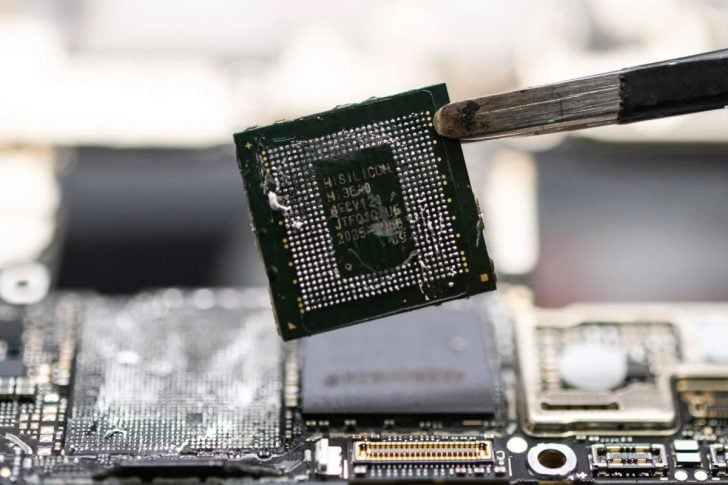Kirin 9000s is Huawei’s latest 5G chipset, which powers its flagship Huawei Mate 60 smartphones. You might have heard a lot of chatter around this chip, and that’s because technically it shouldn’t exist. The US banned Huawei from accessing technologies necessary to manufacture advanced chips like the Kirin 9000s. However, the Chinese company managed to achieve this feat anyway, and we are now learning that they did it by modifying a 14nm chipset.
Kirin 9000s is full of secrets
Minatake Mitchell Kashio, the CEO of Tokyo-based electronics research firm Fomalhaut Techno Solutions, shared with the South China Morning Post his belief that the Kirin 9000s CPU was manufactured using SMIC’s 14-nm process, as determined through their own analysis of handset teardowns. He suggested that certain special techniques were incorporated to enhance the chip’s performance, bringing it closer to the level of a 7-nm grade processor.

If you are not aware, the smaller the process node, the better the processor. So a 7nm processor would be better than a 14nm processor. This is because a smaller process node allows manufacturers to put transistors into the chip.
Kashio’s findings refute Techinsights’ claims that the Kirin 9000s is fabricated on SMIC’s 7nm (N+2) process. However, he did not elaborate on the techniques employed by Huawei or SMIC to bring the 14nm processor closer to 7nm. In any case, it looks like there are a ton of secrets behind the Kirin 9000s and no official details.
Huawei’s 5G chipset has left the world wondering how they managed to come up with it. To remind you, the Kirin 9000s features an octa-core CPU with hyper-threading support, making it the first ARM chip to do so. It comprises a prime core clocked at 2.62 GHz, three median cores at 2.15 GHz, and four efficiency cores.
RELATED:
- Huawei Mate X5 also gets an official liquid cooling case
- No, Huawei employees didn’t receive Mate 60 smartphone at Mid-Autumn Festival
- Top Tech News From Last Week: iPhone overheating, Huawei’s new brand, & More
- Xiaomi 13 Pro vs Xiaomi 13T Pro: Specs Comparison
- Xiaomi 13T vs Xiaomi 13T Pro: Specs Comparison
- Download the best GCam APK for OnePlus Nord CE 3 5G







